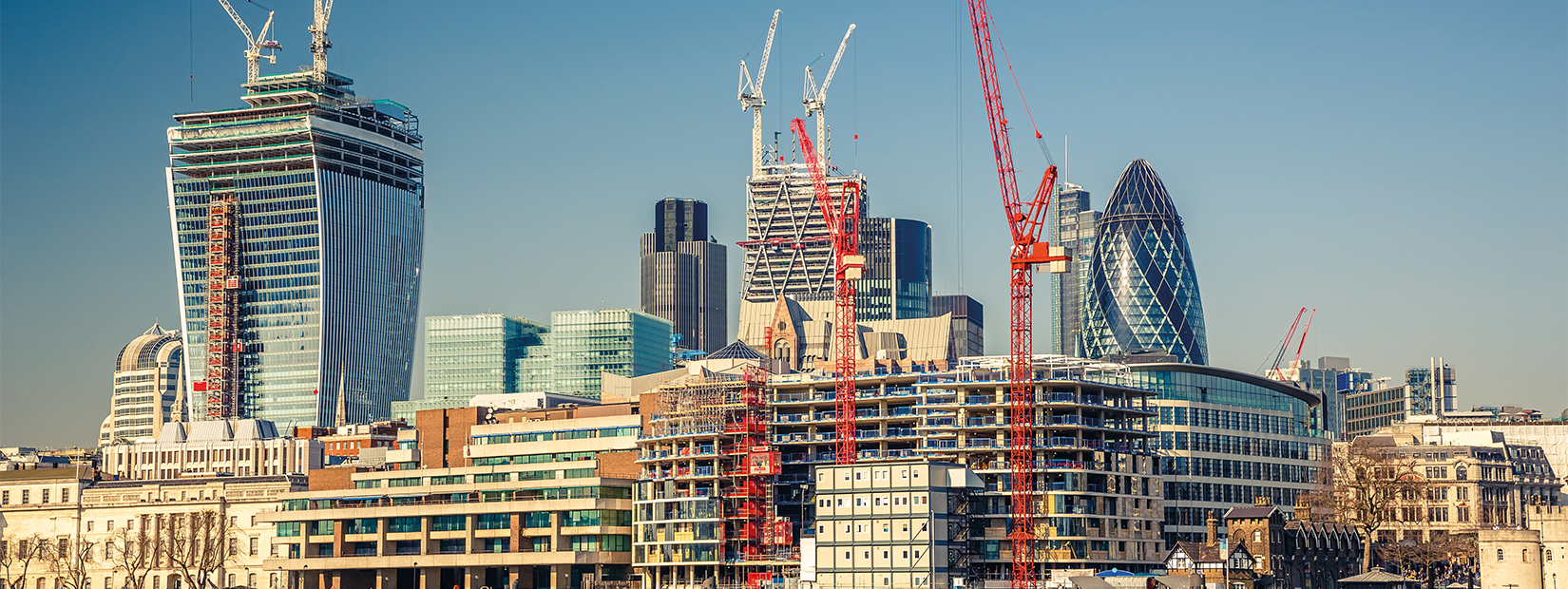Major construction work and noise often go hand-in-hand. As such, monitoring the noise levels emitted on site is key, both to ensure compliance with the relevant environmental and health and safety regulations and also to minimise disruption to the local community. Here, we explore the importance of noise monitoring on construction sites.
It’s set to be an exciting year, with many major construction, engineering and infrastructure projects being executed and delivered. However, as construction output continues to grow and projects increase in complexity, it’s important that contractors and site managers are still taking care of the basics and adhering to considerate construction.
It’s no secret that construction sites can be noisy places, with heavy-duty plant equipment and intensive processes, such as piling, demolition and excavating taking place. With this in mind, it’s important that contractors keep track of noise levels on their sites, ensuring that the environment, local community and on-site workforce aren’t adversely affected by the potentially damaging and disruptive effects of noise.
With legislation in place to help keep noise levels under control, such as Section 61 of the Control of Pollution Act 1974, local authorities can request information about the proposed site opening hours, as well as details of the plans in place to assess noise, vibration and dust levels on-site. It is here that environmental monitoring systems can come into play.
Environmental monitoring systems offer a robust solution to compliance concerns, making the process easier than ever before for contractors. Real-time monitoring solutions, such as Enviroguard, are designed to measure, monitor and analyse environmental conditions both on and around construction or demolition sites, including dust, noise levels and vibrations. As well as helping companies to comply to the aforementioned Section 61, such solutions can also assist in minimising the environmental footprint of the site, delays due to work stoppages and disruption to the local neighbourhood.
It’s also important to consider noise from a safety point of view. Excess noise on construction sites can have the potential to damage a workforce’s hearing, as well as being linked to numerous other health conditions. Even away from the site, nuisance noise can still have a negative impact on people’s health and wellbeing, particularly those who live, work or travel nearby.
To ensure that noise levels do not cause annoyance or distress to those within the local surroundings, many councils will require either ongoing or ‘spot’ monitoring of noise levels. In such circumstances, contractors must be able to rely on an effective monitoring solution that can provide accurate and responsive decibel readings, to report disturbance to surrounding areas and actual noise levels for onsite workers. Having 24/7 remote access to this data also means that immediate action can be taken, should the pre-set threshold limits be breached.
Given this, it’s perhaps just as important to consider how the data is presented, as well as the reliability and performance of the monitoring solution itself. In many cases, it can be easy for it to become a case of information overload, whereby excessive amounts of data are generated that cannot be either understood or interpreted.
At Mabey Hire, we’re determined to move away from this and to instead place the emphasis on providing noise monitoring data that is accessible, valuable and easily useable, both by engineers in the office and those on site. That’s why our environmental monitoring solutions also come with access to our InSite portal, through which you are provided with instant access to the data from any environmental monitoring that it is underway. Customisable and tailored to individual project requirements, we can modify the dashboard to show only the data that you need to see, including your unique specified thresholds, displayed in a way that makes it easy to analyse, interpret and draw conclusions.
